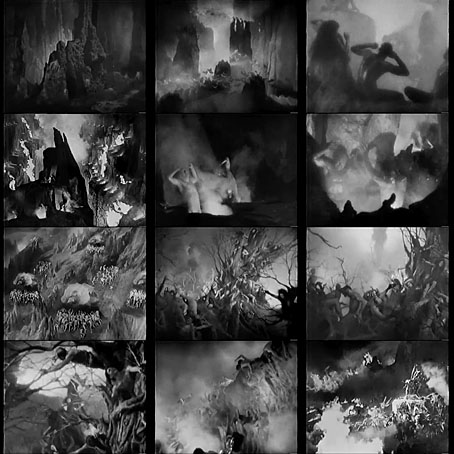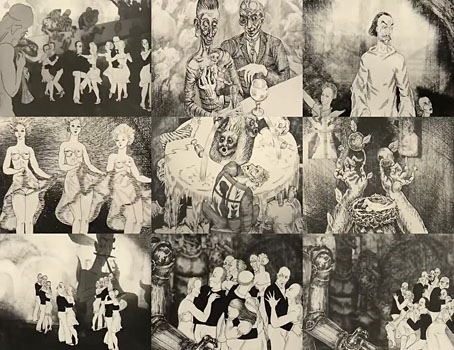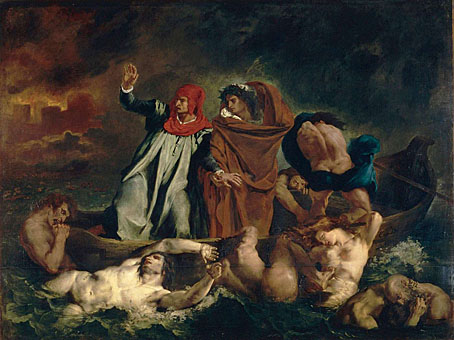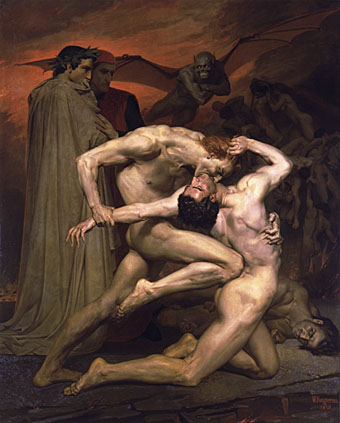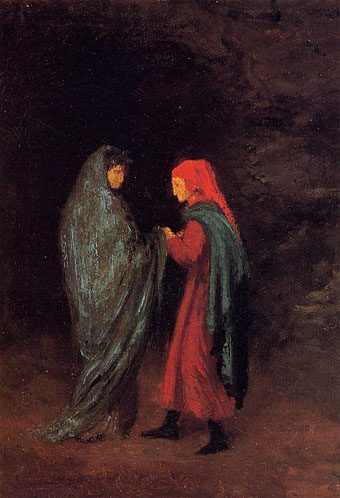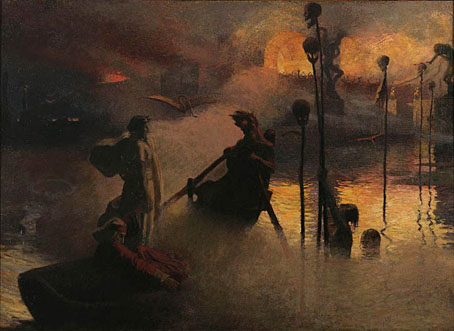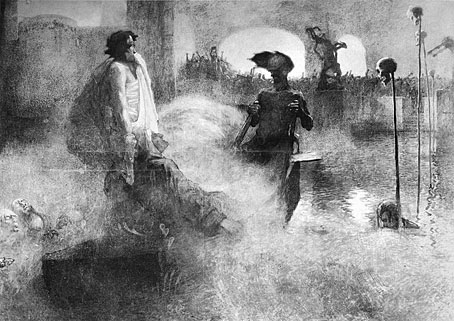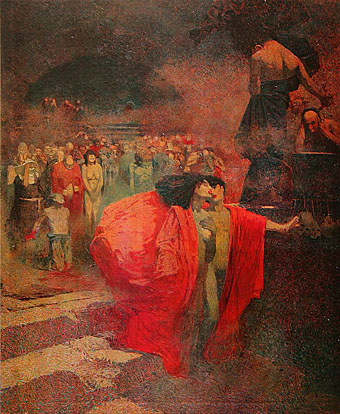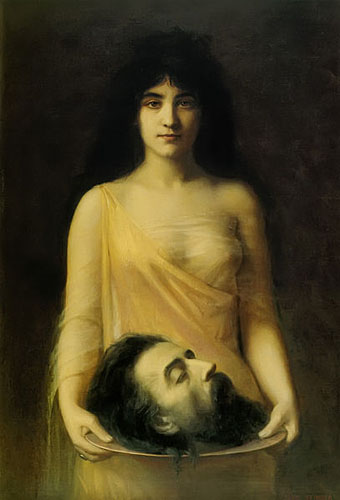
Jean Benner (1899).
I’ve not done a Salomé post for a while so here’s another handful of different interpretations. The most interesting ones are the two most recent: a drawing by Barry Windsor Smith I’d not seen before (undated but it looks like his work from the 1980s), and a great piece by Paula Andrade that can also be seen in a black-and-white version here.

Georges De Feure (1900).
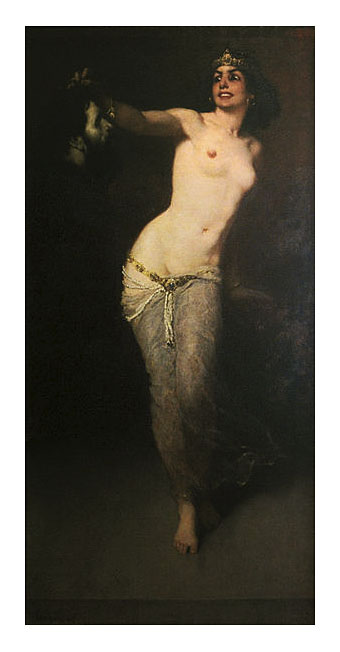
Gyula Eder (1907).

